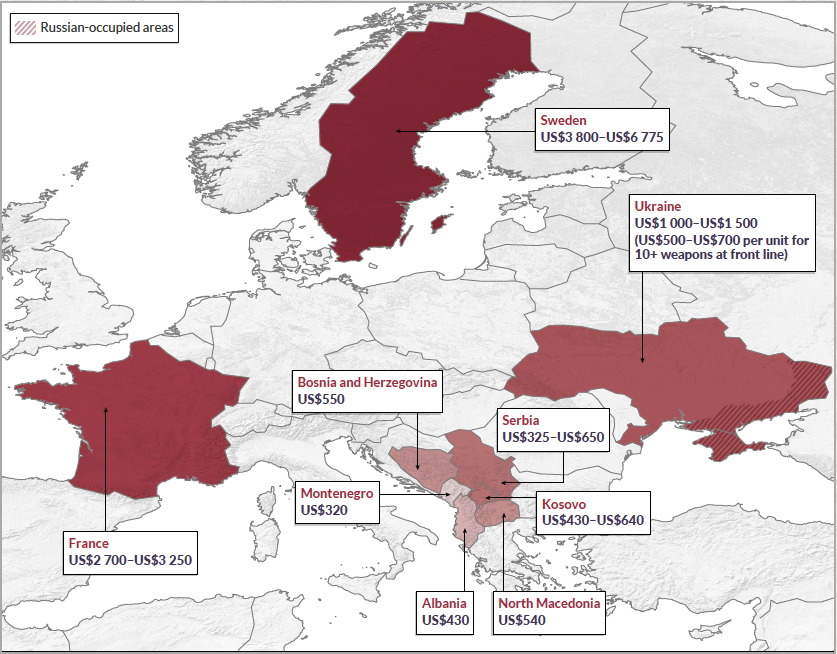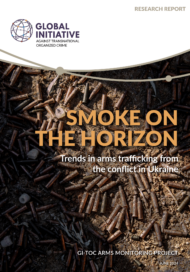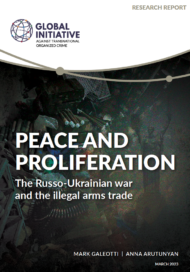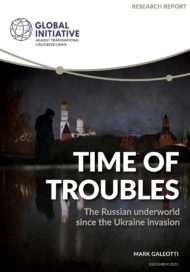Posted on 18 Jun 2024
The influx of weapons to Ukraine after Russia’s full-scale invasion in February 2022, added to an already large reservoir of weapons in the country (especially since the outbreak of the conflict in 2014), raised concern over the spread of these weapons in the hands of criminals further in Western Europe, and the possible effect on organized criminal activities.
Both Ukraine and Ukraine’s Western partners have been aware of the political and criminal risks of arms diversion, and have put in place strict oversight mechanisms to track the delivery of weapons. According to Vadym Dzyubynskyi, head of criminal investigation at the Ukrainian National Police:
All lost and stolen weapons, which currently number 593 000, are all accounted for, numbered, and our European partners know about these weapons. If such a weapon emerges in any country in Europe or the world, we will immediately understand that it is a drop-in and a fake, that it is the work of Russian special services for disinformation and narratives about Ukraine.
Ukrainian soldiers interviewed in February 2024 all spoke of strict standards over weapons, both during and at the end of their service. But in this nervous climate, any official shortcomings have been heavily scrutinized. And although not directly connected to weapons diversion, corruption scandals over military procurement in Ukraine have fed into concerns over the accountability of materiel in the war. Parsing the true risk has become essential to deepen the discussion beyond the headlines.
In order to provide insight into this issue, in 2023 the Global Initiative Against Transnational Organized Crime (GI-TOC) established an arms monitoring programme (‘the Monitor’) to track the flows of weapons out of Ukraine and into Europe.
At the heart of the project was the collection of black market prices for weapons both in Ukraine and in Europe, on the assumption that a comparison of prices in different countries, and an analysis of changes in those prices, would help shed light on the nature of supply and demand at the national and transnational level. This data has been sourced from underworld contacts and law enforcement in various countries. Qualitative interviews with underworld sources, law enforcement, journalists, activists and others have helped flesh out the data picture with regard to demand for weapons among criminals, appetite for risk and potential drivers and barriers. In addition, the Monitor collected information on seizures and official reports on firearms, and commissioned a survey of dark web marketplaces.

This report summarizes the first year of the Monitor’s work, covering 2023 and early 2024. Its core finding is that the profusion of illegal weapons has thus far been limited to Ukraine, and that there has been no verified incident of organized arms trafficking from Ukraine to EU countries.




